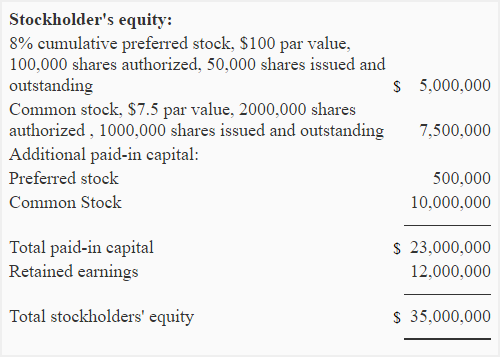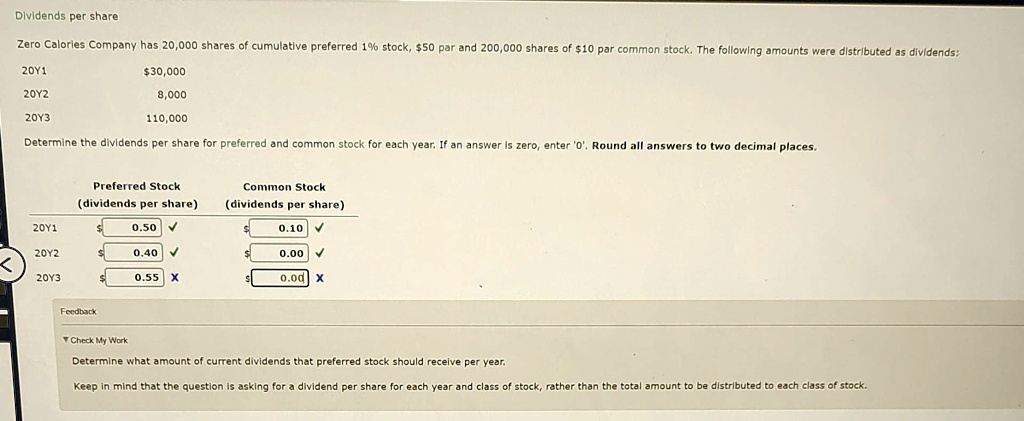Cumulative Dividends 101: A Beginner’s Guide to Compounding Payouts

Adam Hayes, Ph.D., CFA, is a financial writer with 15+ years Wall Street experience as a derivatives trader. Besides his extensive derivative trading expertise, Adam is an expert in economics and behavioral finance. Adam received his master’s in economics from The New School for Social Research and his Ph.D. from the University of Wisconsin-Madison in sociology. He is a CFA charterholder as well as holding FINRA Series 7, 55 & 63 licenses. He currently researches and teaches economic sociology and the social studies of finance at the Hebrew University in Jerusalem.
Stocks with Cumulative Dividends

If due for any reason, the company cannot pay the dividend within the pre-decided date, then the dividend gets accumulated and is paid in the future. Companies must weigh the benefits of offering cumulative dividends against these drawbacks. Guaranteed dividends can attract investors and create dividend obligations that show company profitability and persist even when business conditions decline. However, companies with unstable earnings may find the inflexibility of cumulative dividends too risky. For example, a company issues cumulative preferred stock with a par value of $10,000 and an annual payment rate of 6%.
Preferred Dividend Calculator
If a company can’t pay all dividends, claims to preferred dividends take precedence over claims to dividends that are paid on common shares. Callable preferred stock results in higher preferred dividends, as investors are sacrificing long-term security. If the preferred stock is retired at the call price, future preferred dividends may be included in the repurchase. Convertible preferred stock has lower preferred dividends, as the investor receives the additional of converting the preferred stock to common stock. Preferred stockholders typically receive the right to preferential treatment regarding dividends, in exchange for the right to share in earnings in excess of issued dividend amounts. Some preferred stockholders may receive the right of participation, in which their dividends are not restricted to the fixed rate of interest.
How often are dividends on preferred stock paid?
Participating preferred dividends allow shareholders to receive additional dividend payments if the company performs exceptionally well. In addition to the fixed dividend, participating preferred shareholders may also receive a portion of the remaining profits after common shareholders are paid. The functioning of preferred dividends is quite different from common stock dividends.
Furthermore, the fact that the company is unable to pay a dividend may signal serious cash flow problems, which could have implications for creditors. For these reasons, the existence of dividends in arrears should be clearly disclosed. Since these dividends in arrears have not been declared payable by the directors, they do not constitute a liability. However, they do constitute a significant limitation on the potential cash flows to investors.
Upside Participation Rights
- If you’re someone who has just started investing in the stock market, knowing more about these shares will help you in navigating your returns.
- These standard preferred shares are sometimes referred to as non-cumulative preferred stock.
- In the above case, a dividend will accumulate and must eventually be paid to preferred shareholders in a subsequent financial year.
- Because preferred shares are often compared with bonds and other debt instruments, let’s look at their similarities and differences.
The number of common shares issued at conversion is included in the weighted average of outstanding shares. For the period prior to conversion, the common shares that would have been outstanding are weighted by the appropriate fraction of the year. The formula could be reworked to find the rate or return by dividing the fixed dividend payout by the price. taxcaster images, stock photos and vectors Their dividends come from the company’s after-tax profits and are taxable to the shareholder (unless held in a tax-advantaged account). Issuing stock is a complex procedure that requires the help of an experienced attorney. Preferred dividends are paid regardless of the company’s profitability, as long as there are sufficient funds available.
Calculate the cumulative dividend that the company will have to pay to the preferred shareholders. To further illustrate this concept, let’s consider a share with a dividend of 5%. If the company fails to pay this dividend in one year, that outstanding 5% dividend will accumulate. In that year, the company will be obliged to pay both the missed 5% dividend from the year. The accumulated unpaid dividends payable must be settled before dividends can be distributed among shareholders.
This shows that the cumulative dividend yield sums up the total accumulated dividends over all periods and is divided by the current share price. Under the assumption of conversion, the number of issuable common shares is weighted by the fraction of the year that the preferred stock was outstanding. If it is necessary to assume conversion of preferred stock, an accountant must increase the denominator by the number of common shares that would have been issued.
For example, say that a preferred stock had a par value of $100 per share and paid an 8% dividend. To calculate the dividend, you would need to multiply 8% by $100 (the par value), which comes out to an annual dividend of $8 per share. Preferred dividends are link to preferred shares, which are a type of equity in the company, although these shareholders do not have any voting rights. Most shares do not have a maturity date, and if they do, then they are quite far in the future. This preferred dividend payment hierarchy is crucial in ensuring that preferred shareholders are compensated for the higher risk they assume compared to common stock investors. Additionally, the priority of preferred dividends over common dividends offers preferred shareholders greater security and a higher claim on the company’s earnings and assets in the event of liquidation.